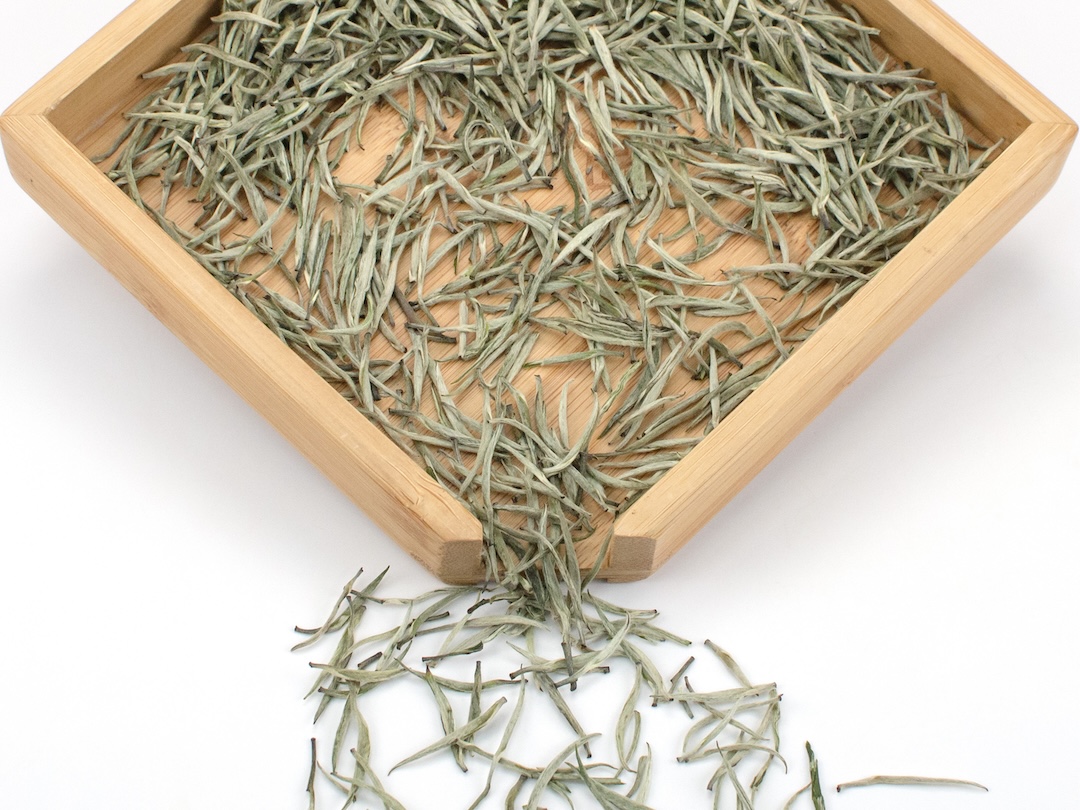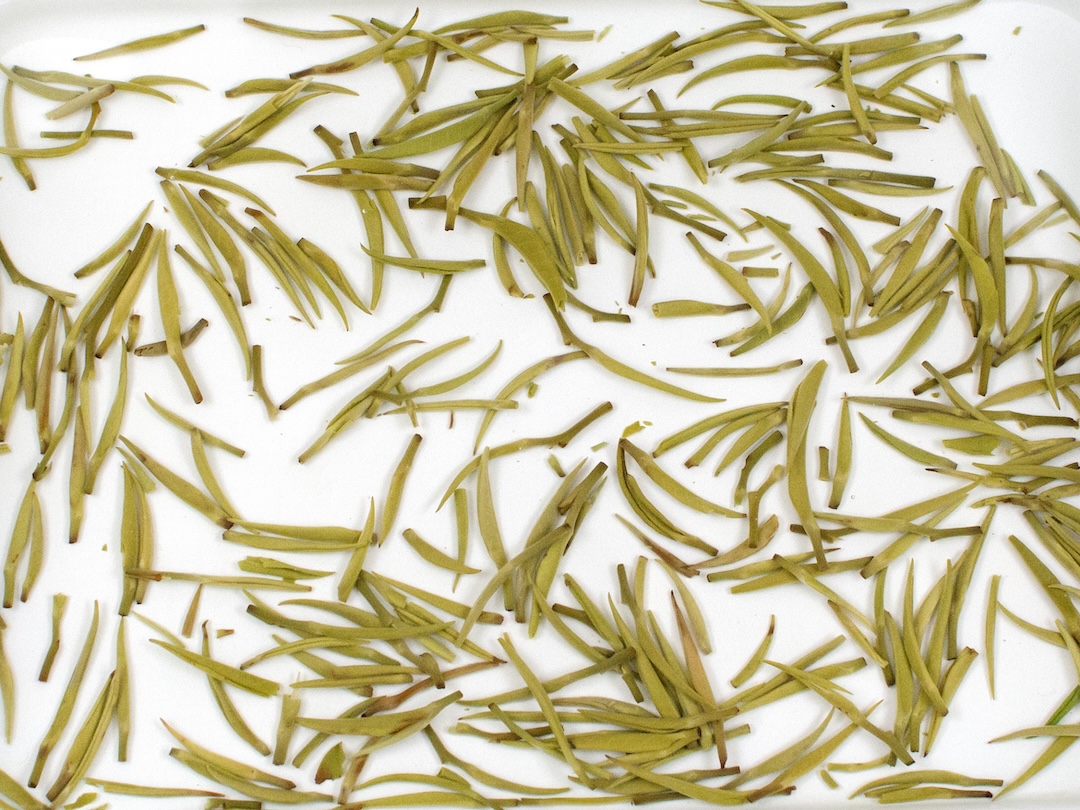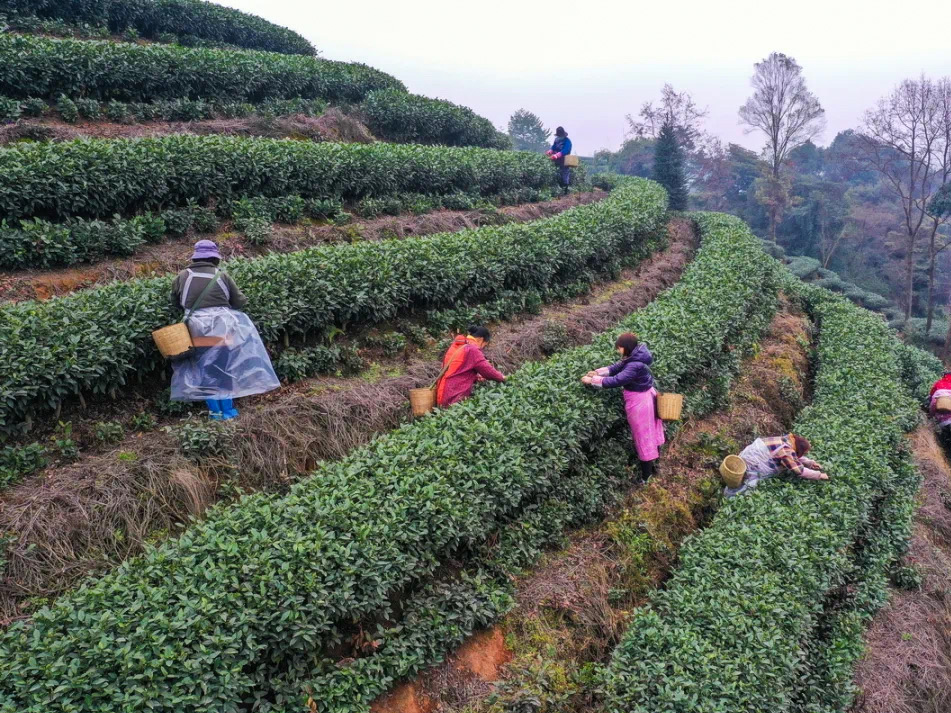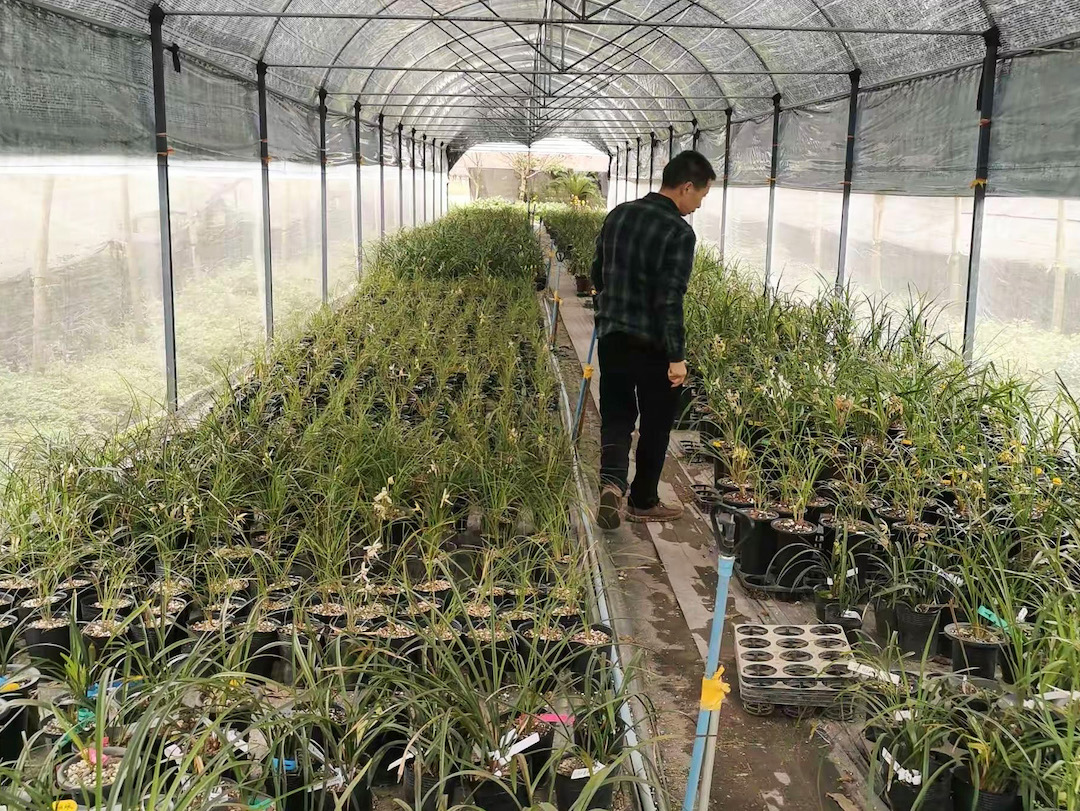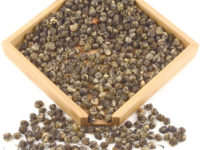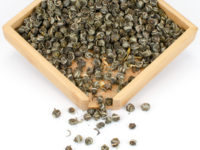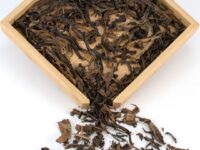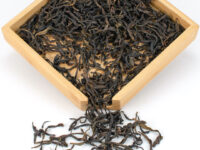You Lan (Shadow Orchid)
Scented Tea 2024
A contemplative all-buds green tea lightly scented with fresh orchid flowers. The orchid’s contribution is delicate and ethereal, present only in the shadow of the heirloom Sichuan tea leaves’ layered richness.
$27.75
- Tea Origin
- Qianwei County, Sichuan Province, China
- Tea Bush
- Chuan Xiaozhong (Sichuan Small Leaf Heirloom Tea Bush), Dabai (Big White), Dahao (Big Hair)
- Tea Maker
- Liu Zhixiang
- Harvest Time
- Late March (tea), May (orchid)
- Plucking Standard
- One bud
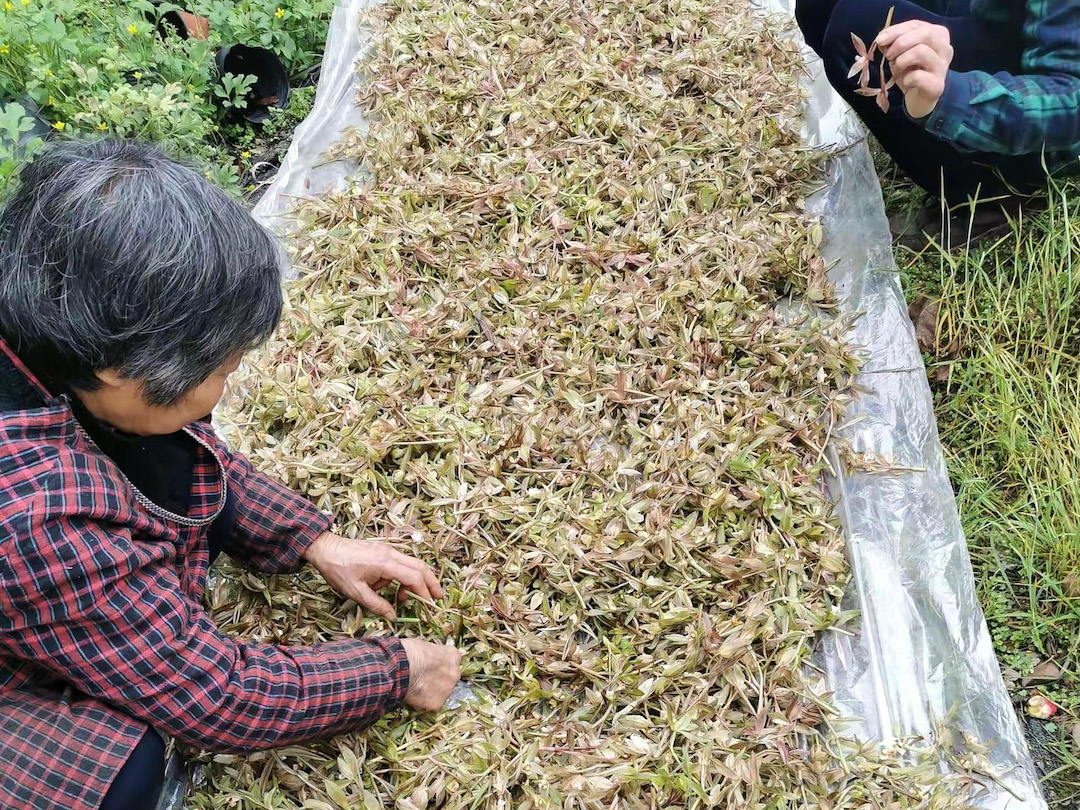
Unlike its bolder jasmine-scented sister teas, Shadow Orchid focuses in on the subtle yet rich flavors of the tea itself and follows them with a shadow of ethereal orchid fragrance that lingers in the corners of the mouth and mind. This tea was made by a process much like that for making traditional jasmine scented teas with fresh flowers. The base of this tea is composed of single tea buds harvested before Qingming from a mixed garden of local heirloom tea bushes and naturalized Dabai and Dahao bushes. Furthermore, the very slight oxidation of the tea buds yields a delicately refined and incredibly smooth version of that classic Sichuan tea flavor with layered rich complexity and a hint of minerality. The unexpected orchid finish adds a whole new dimension to this contemplative tea. The result is a dynamic early-spring tea, both deep and delicate, chased by a breeze that blows through a peaceful shady valley where orchids grow undisturbed.
The Unusual Processing of Shadow Orchid Tea
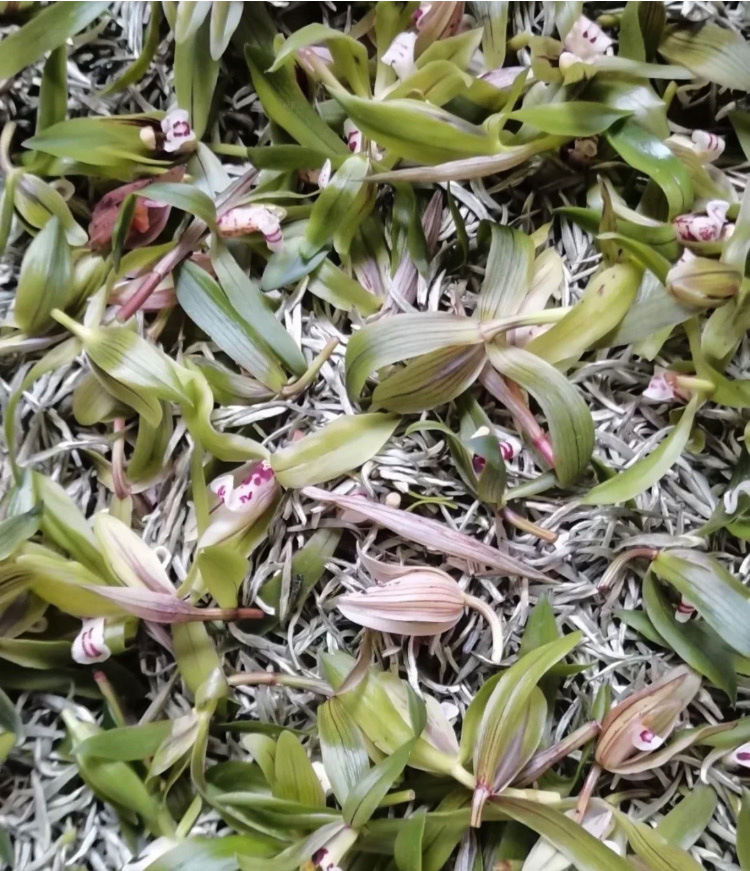
Like other green and scented teas, the tea leaves for Shadow Orchid are processed immediately after harvest to prevent unwanted oxidation. After a brief withering, the leaves are heated at 180-200°C for 1-2 minutes to destroy the naturally occurring enzymes that drive oxidation. However, unlike all other green teas, the freshly fired tea leaves for Shadow Orchid are put through a brief micro-oxidation process similar to that used to make yellow tea. While the leaves are still wet, they are piled and covered with a damp cloth for to retain the humidity and the heat from firing for 2-4 hours at about 35-40°C. Once the leaves have achieved a very slight level of oxidation, they are rolled and dried to shelf stability to be saved in storage until the orchid harvest in May for scenting.
Similarly to jasmine teas that are scented by the traditional method using fresh flowers, the leaves are mixed with batches of fresh orchid flowers for 8-12 hours and gently warmed to 25-28°C to encourage them to uptake the fragrance. The leaves are then painstakingly separated out from the flowers and lightly dried again to remove any excess moisture picked up from the fresh orchids. This gentle re-roasting also helps improve the aromatic coordination between the scents of the flowers and the tea. This scenting process is then repeated at least 2-3 more times to intensify the orchid character.
Tracing the History of Orchid Tea
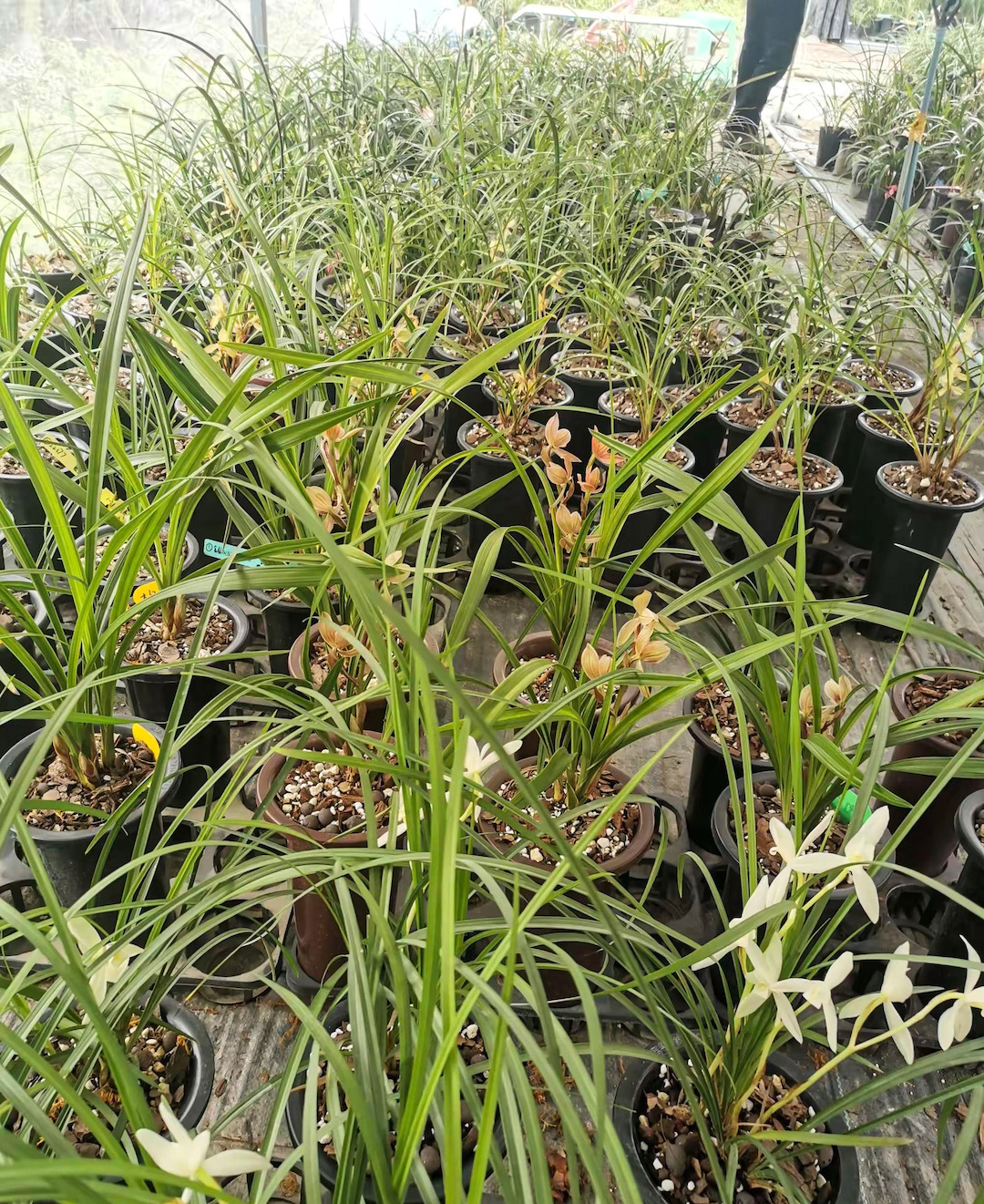
Historical records suggest that orchid scented tea first appeared four hundred years ago during the Ming Dynasty. Even then, the tea was only sporadically produced, and the skill to make it quickly fell into obscurity. It was not until the end of the twentieth century, through the research of many tea makers, that the process of effectively using orchid flowers to scent tea was finally revived. It bears much in common with the process for However, modern tea makers are somewhat secretive about the exact techniques they use to coax the delicate fragrance of an orchid to stick to tea leaves.
Scented tea has a long history in China, one that can be traced back over a thousand years ago when tea was blended with dried herbs for medicinal benefit. Originally, scented flowers were likely added as an herbal medicine rather than to contribute to the tea’s aroma. Today, the tradition of scented tea has developed in such a way that it no longer directly blends flowers with tea leaves, but rather the tea leaves absorb the fragrance through repeated exposure to fresh flower buds in a process of repeated mixing and sorting. As you can imagine, this laborious process is both complicated and time-consuming. Only tea makers in Sichuan Province continue to make orchid scented teas today.
The Orchid Flower in Chinese History and Art
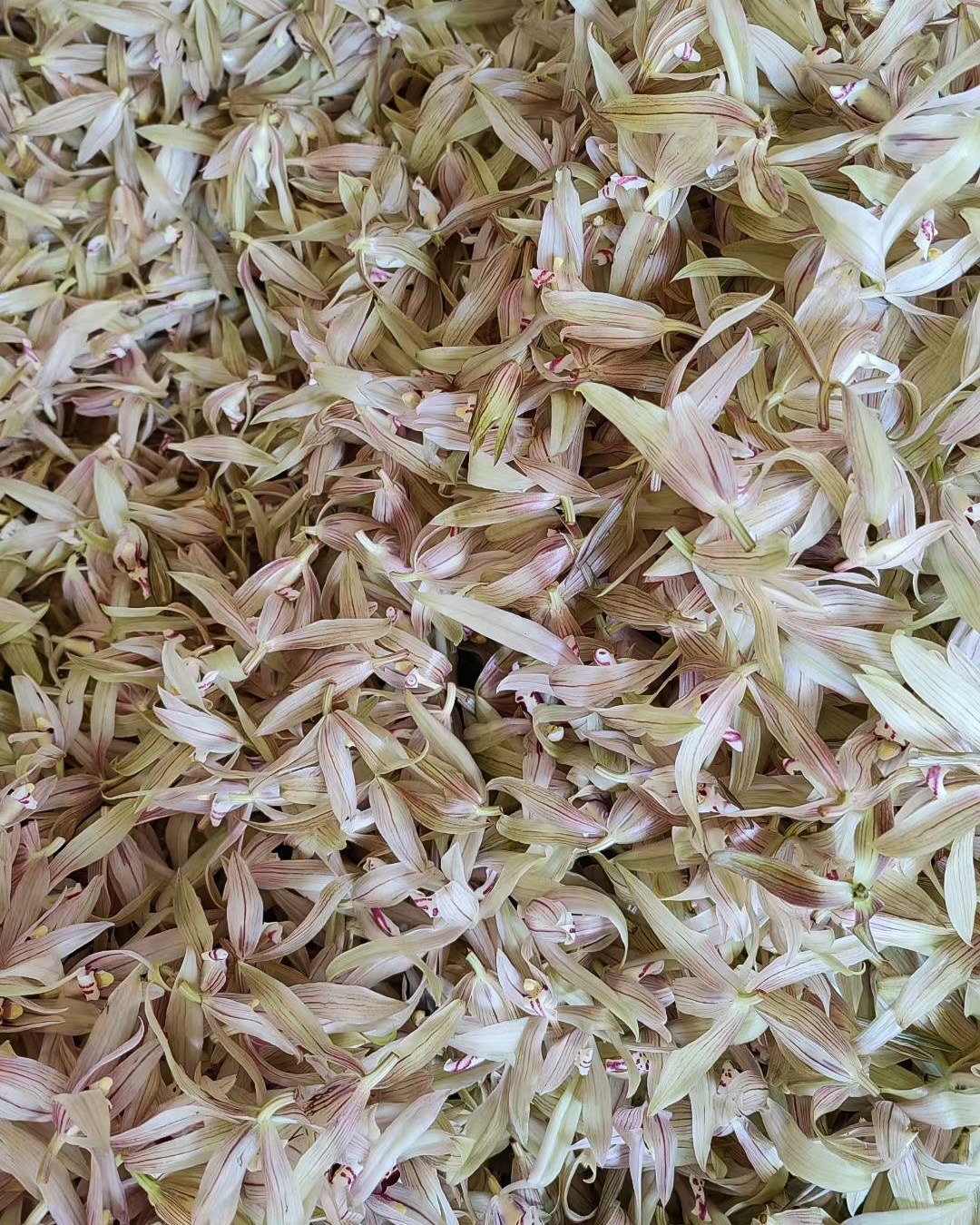
Long before being paired with tea, the orchid flower enjoyed immense prestige in the traditions of Chinese culture. Confucius himself is recorded as praising the flower as nothing less than the “incense of emperors.” This glittering endorsement from the sage himself all but solidified the orchid as a fixture in study rooms, woodcarvings, and brush paintings ever since, and made it particularly prized by scholars. The flower’s fragrance is classically personified as possessing humility, education, and elegance, and was credited with having the ability to inspire sudden moments of clarity and inspiration. All of this owes to the unique character of its aroma, described as setting on us slowly but with profound depth, like words spoken by sages. Traditional Chinese medicine also praises the orchid as a flower with a nurturing fragrance, one that inspires energy to rise in our bodies.
No chemical fertilizer, pesticide, or herbicide was used in the production of this tea. Click here to read more about our promise to fair trade and the environment.
You Lan (Shadow Orchid) brewing guidelines
5 grams (1.5 Tb) tea
12 oz 85°C (185ºF) water
3 min. first infusion
At least 4 infusions: 3, 3, 5, 8 minutes

